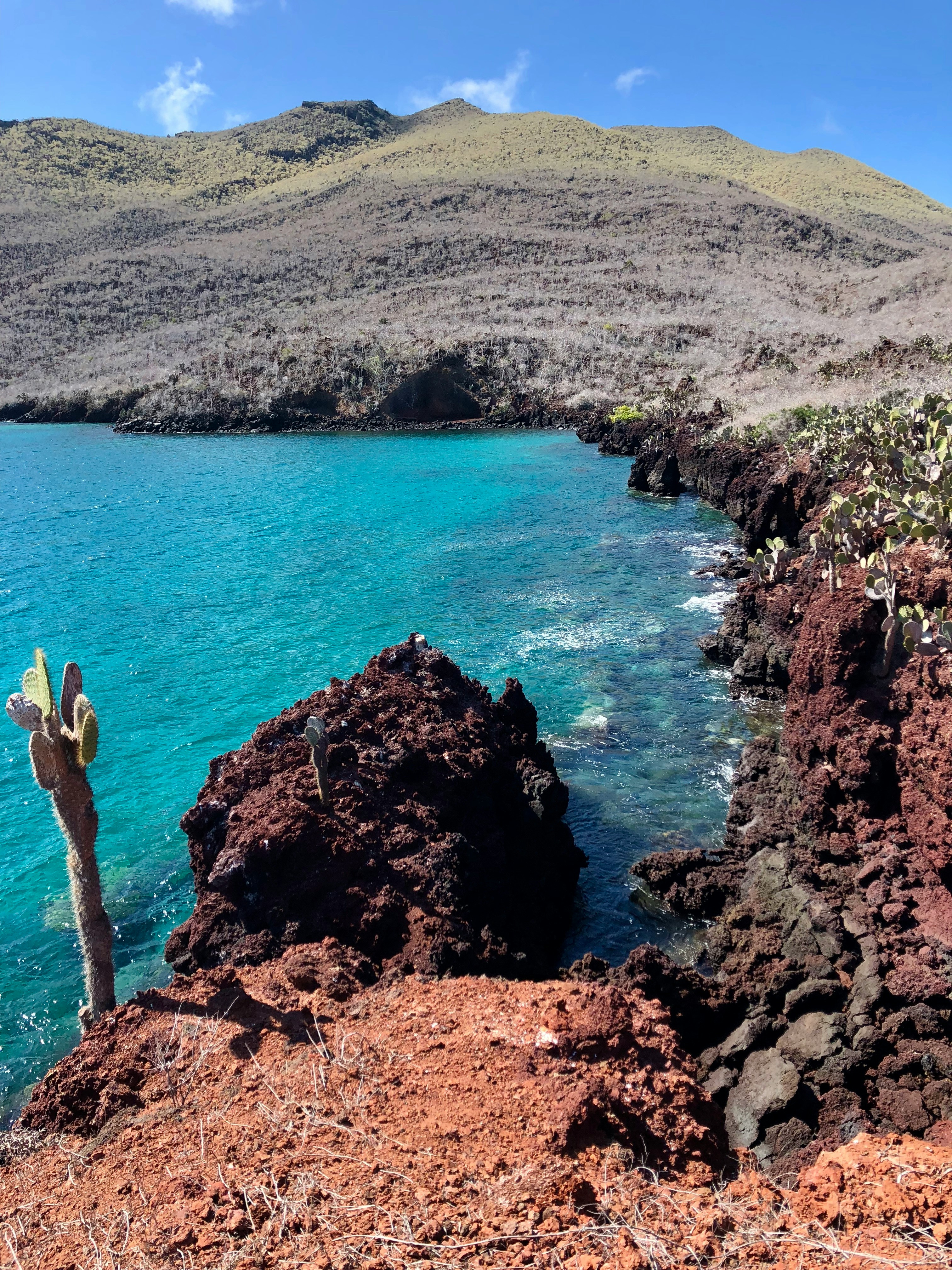The Galapagos Islands are an unparalleled scuba diving destination primarily because of their unique geographic location, which creates a blend of warm and cold ocean currents. This intersection results in one of the richest marine ecosystems on the planet, drawing an incredible diversity of marine life, including numerous endemic and large pelagic species.
Unique and diverse marine life
- Abundant "megafauna": The islands are famous for thrilling encounters with large animals. Divers can reliably see schools of scalloped hammerhead sharks, whale sharks (especially from June to November), Galapagos sharks, silky sharks, and giant manta rays.
- Endemic species: Many marine creatures found in the Galapagos exist nowhere else on Earth. Divers can witness marine iguanas feeding underwater on algae and kelp, playful Galapagos sea lions, and the rare Galapagos penguin.
- Diverse shark species: Around 30 species of sharks call these waters home, providing some of the world's most impressive shark diving opportunities.
- Unique blend of species: The meeting of several ocean currents results in a mix of tropical and temperate species, making for a truly unique biological mashup.
Diverse and challenging dive sites
- Remote islands: The legendary dive sites of
Wolf
Darwin Islands
- are only accessible via liveaboard dive boats, as they are located about 14 hours away from the main island group. These are widely considered the highlight of any Galapagos dive trip due to the large pelagic life.
- Underwater volcanism: The volcanic origin of the islands creates dramatic underwater topography, including walls, arches, and pinnacle dives.
Darwin's Arch
- (now largely collapsed) at
Darwin Island
- is a famous example.
- Powerful currents: The nutrient-rich currents that fuel the abundant life also mean that most Galapagos diving is suited for advanced divers who are comfortable with deep dives, strong currents, and cooler waters. Sites like
Gordon Rocks
Santa Cruz
- are famous for their strong surge and large schools of hammerheads.
- Land-based options: While the remote sites require a liveaboard, divers can also stay on islands like
Santa Cruz
San Cristobal
- for land-based diving trips to closer, less extreme sites. These options are often suitable for less experienced divers or those on a budget.
A protected and pristine environment
- National Marine Reserve: The Galapagos Islands became Ecuador's first national park in 1959, and the surrounding waters are protected as the Galapagos Marine Reserve. This strict protection has preserved the fragile ecosystem.
- Expert guidance: All dive guides go through a strict certification process with the National Parks Authority and are extremely knowledgeable about the local environment.
